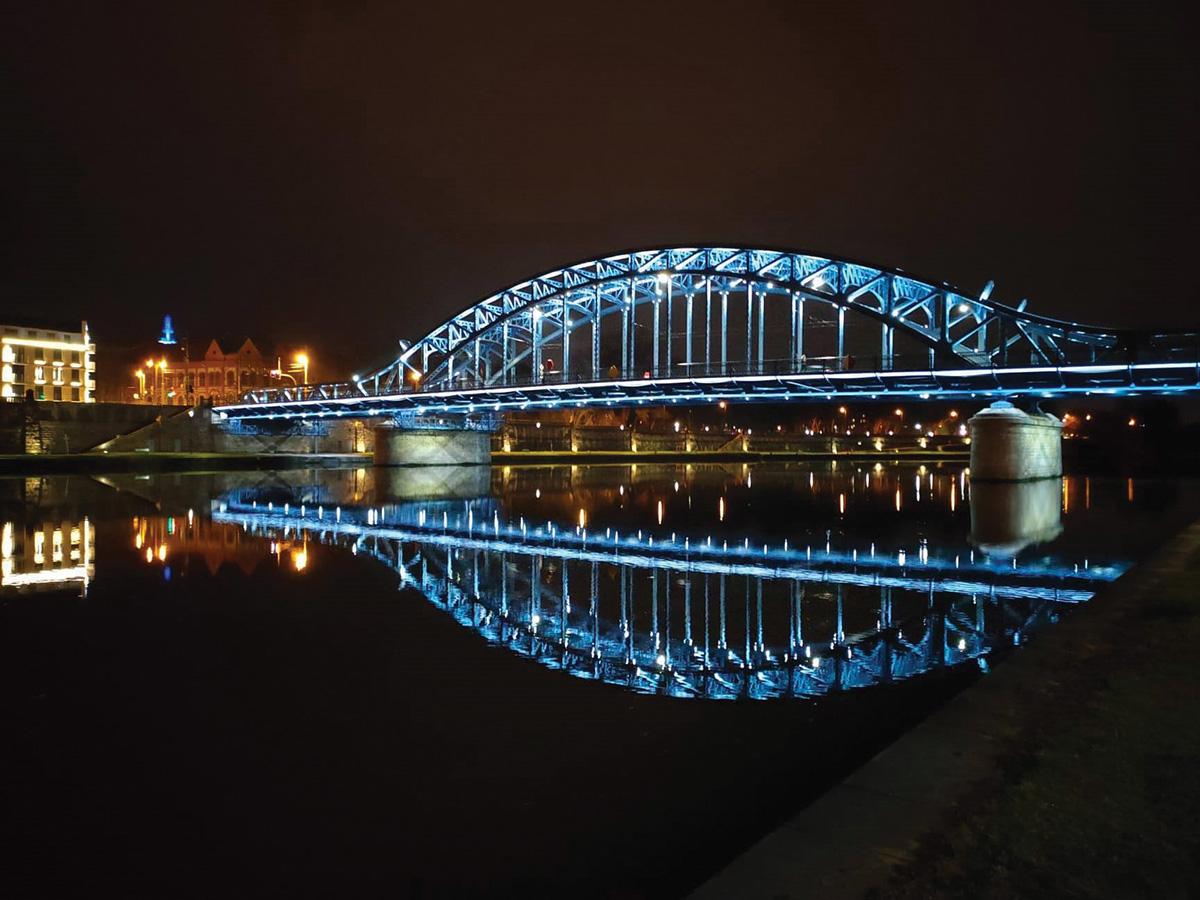
by Anna Dulba-Barnett, PhD Candidate, Department of Theatre Arts
I enrolled in UO’s Department of Theatre Arts in 2018 to study ecodramaturgy under the guidance of Professor Theresa May who coined the term and has significantly contributed to the emerging field. She defines the theoretical concept as “play-making (script development and production) that puts ecological reciprocity and community at the centre of its theatrical and thematic intent.” My PhD dissertation will apply this theoretical frame to the study of dramatic literature and performance from Poland, my home country.
The CSWS research grant allowed me to travel to Poland in the summer of 2021 to collect primary and secondary source material, visit relevant museums and libraries, and conduct interviews with key people working in related fields. I am investigating how Polish playwrights, but also poets and painters, have portrayed nature in their work from the 19th century to the present. Polish art and literature in the past have rarely focused on nature beyond its symbolism to the national cause. The notion of “national nature” is prolific because of Poland’s historical trauma caused by partition, two world wars, and communist governance propped up by the Soviet Union. Poland has fertile soil, access to the Baltic Sea, picturesque mountain ranges whose runoff flows the length of the land, and abundant natural resources, but it is also situated directly between global powers: Russia and Germany. Poland has been the consistent battlefield between the world’s strongest armies. The country of Poland disappeared from the maps of Europe from 1795 through 1918 as Russia, Prussia, and the Austro–Hungarian Empire partitioned up Poland, annexing its land and population.
For many Polish writers and artists, nature could not be divorced from its function as a symbol or a metaphor of a reconstituted Poland. Rivers became reminders of previous national borders, mountains became reminders of the protection of the country like the gates of a castle, the Baltic Sea became the reminder of Polish ports sending Polish merchandise to ports around the world. In Landscape and Memory, Simon Schama explores the way nation-states tend to use the land—mountains, forests, rivers—to underscore national power. Schama writes, “landscapes are culture before they are nature; constructs of the imagination projected on to the wood and water and rock....” Schama further asserts that the ideas, visions, and myths projected onto landscape have the power of “making metaphor more real than their referents.” Although Polish land was a central concept for many playwrights throughout the centuries, it merely served as a backdrop for the human stories behind the symbolism and was neglected as the focus of attention.
In a similar vein to nature, women’s bodies have also been frequently used as a metaphor for national purposes. Many Polish artists and poets attempted to describe the tragic history of Poland using the metaphor of Polonia: a young woman captured and violated by foreign oppressors. One of the best examples of this personification is Ary Scheffer’s painting Polonia, created in 1831. Scheffer intensified the violence enacted upon Poland: The body of a woman lies prostrate across the body of a mortally wounded eagle; she is barely alive, pinned to the ground by the hoof of a foreign military horse. Both the eagle and the woman serve as containers of national identity. In my work, I map the identification of Polish ideals of womanhood with the representation of land in canonical Polish dramas from Romanticism through the present. I also call attention to the ways that contemporary Polish theatre-makers and performers are subverting these old nationalistic narratives.
I focus specifically on the current work of Cecylia Malik, a prolific activist, artist, and performer. For the last decade Malik has organized several nature-based projects which are a fusion of art and activism. I examine her work oriented at protecting Polish rivers. During communism, when one of the government’s main objectives was the industrialization of Poland, many Polish rivers became polluted. The Vistula (Wisła) River, the “queen of rivers,” flows through the whole country and is divided by several dams which have resulted in the disappearance of many species of fish, including salmon and sturgeon. The northern part of the Vistula still has long stretches of undammed, free-flowing water, which makes the river unique compared to the other major rivers in Europe. The current Polish government announced future plans to place new dams across the Vistula. In response to these announcements, Malik started several artistic/activist campaigns designed to raise awareness about the importance of protecting the Vistula and many tributaries affected by the plans for new dams.
In 2017, Malik founded a collective of artists and activists called The River Sisters (Siostry Rzeki). One of the most popular happenings of this group involved a performance to protest against unnecessary interventions in the river systems across Poland. In the performance, a woman stands in the river and declares, “I am Wisła!” She calls out to her sisters, the tributaries of the Vistula River, by name, and asks them to join her. Those whose names are called enter the water and join her in chanting out their respective names.
In my work, I analyze how such performative activism fits within the classic Polish tradition of reducing the elements of nature and female bodies to a metaphor of national identity. I compare how Malik’s identification of the female body with nature differs from the classic use of this trope and explore the ways her efforts complicate and reverse the impact of this overused metaphor in her artistic/activist performances. My wider desire is to investigate what types of ecological reciprocity and community exist in Polish theatre and performance and advance the field of ecodramaturgy within Poland and other Central and Eastern European countries.
—Anna Dulba-Barnett received a 2021–22 CSWS Graduate Student Research Grant.

